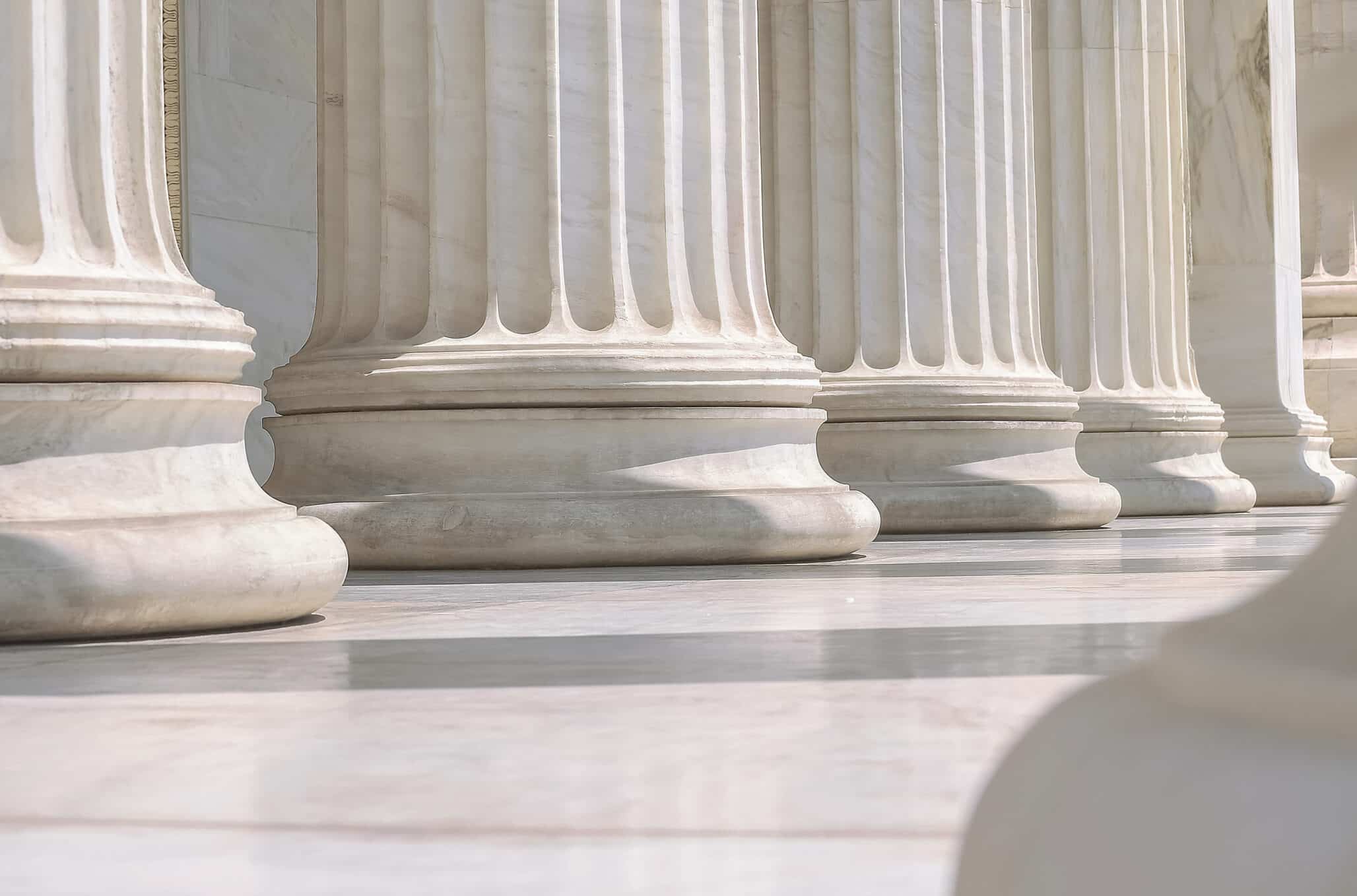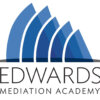Whether or not you attended our recent webinar on September 24th with guest Rob Fersh of Convergence, you may find value in these attendee questions with answers from both Rob and Bruce Edwards. If you’d like to watch (or rewatch) the webinar, we invite you to check it out here in our Video Library.
1. In the midst of this pandemic where physical interactions are restricted, are there specific ways that evolved in practice by which mediators apply to build bridges between parties in a dispute?
Rob: Assuming that people can still use Zoom or electronics, it is still possible to engage people in conversations that build trust. It is important to bring out the humanity of the participants/disputants. It is useful, even electronically, to have people speak to their underlying interests, their concerns, even their fears rather than just defend a particular position or stay too narrowly focused on a particular outcome.
Bruce: It all starts with the technology. If you have a clear screen and good connection, one that picks up facial expressions and body language, you can begin the process of strengthening the connections between people. In some ways the technology assists the bridge building process because people in conversation are coming from a place of safety and comfort, not already off balance by being in a mediator’s office or distant location. From there, one has to be attentive to the limits of technology: making sure participants aren’t distracted by their environment and that conversations are of shorter duration to maintain focus. With this in mind, yes, it’s absolutely possible to move forward to establish connections.
2. One of the foundational principles of mediation of disputes, and core to creating a safe space, is that the process is confidential and without prejudice. How do you deal with this issue and create a safe space when you deal with public interest issues, and where the participants (I’m assuming?) may hold mandated organizational positions? Does confidentiality matter much in the kind of work of you do? Or is it overtaken by the relationship building you use to build trust?
Rob: Confidentiality is very important, especially about conversations in the room. It is important to have ground rules that groups commit to—such as not repeating for attribution outside the room what is said in the room. Sometimes an entire process needs to be kept secret due to the political sensitivity of the process where some stakeholders feel that others on “their side” would be critical of even talking to the “other side”. In most cases, it is good to let people know the process is underway so that it does not become a source of great curiosity over people meeting in secret. In terms of “mandated positions”—yes some groups have those, but often times there is wiggle room. Or groups can explain their positions in the room and still explore other options which can be brought back to their home bases for further consideration. If a wider coalition of groups is willing to meet in the middle, it may change the calculus of an individual group in determining what could be an acceptable compromise or an alternative to their original stance.
3. I am an Ombuds and have been with a University for the past 15 years. Upon reviewing your website and the different projects you have done, it seems like this process would be ideal in a university environment. Have you ever worked with a university?
Rob: I have not worked at a university but have colleagues who have applied a process akin to ours to different issues in universities. One colleague, many years ago, used collaborative problem solving to resolve a dispute among administrators, faculty, and black students on how to best honor the memory of Dr. Martin Luther King. Another colleague was invited in to facilitate a faculty retreat of a renowned graduate school where various faculty members were fractious and not working effectively in mutual support. Our process was very effective there in building areas of agreement and reducing tensions.
4. I’m from India and I wonder sir, how can we bring your sauce, as Bruce has called it, here to work on the many public issues we have dividing us?
Rob: I think our process could apply in India. It is important to have someone with convening power—could be an elected leader, a business or non-profit leader, a foundation, or perhaps a group like Convergence—to put the energy into identifying a problem and organizing a table of stakeholders. There also must be some resources, some or all of which can be in kind, to support the effort. It will be a matter of ascertaining what kinds of issues and at what level—local, state or province, or national—one wants to work. Convergence can provide at least some initial guidance in helping to organize a process in a particular area or in setting up an organization akin to Convergence in a particular area. Over time, it will take dedication and resources to sustain an effort like this, which is often counter to the normal culture around addressing differences of opinion or in interests.
5. How can mediators contribute to better politics in their countries and more effective problem solving in their communities?
Rob: Mediators can help people see the value of choosing leaders who know how to collaborate across difference, rather than only be firebrands for one solution to a problem. Mediators understand the power of mediation and collaboration to solve problems and can be ambassadors for the spread of these approaches by encouraging elected leaders to deploy them. In their own communities, mediators can apply their skills, often expressed in the commercial sector, to social problems and issues. Paid or unpaid, they can translate what they know about resolving differences in the private sector to issues of public concern.
6. Your dispute resolution process is so thoughtful, constructive and hopeful. Yet, we are living in the most partisan, nasty period in modern history. Do you have any thoughts on how to address this situation and start reaching common ground? Or, do we simply need far better leadership who respects all points of view?
Rob: It is always good to have leadership at the top that sets a tone, yet there is ample room for other leaders to model this behavior. In the US House of Representatives, there ia a caucus known as the Bipartisan Working Group, and they are modeling some of this behavior. There also is a “Problem Solvers” group in Congress that was stood up by the group No Labels, that has had success in bridging divides. Beyond that, as is done by Convergence, there is ample room for private citizens to convene groups of “stakeholders” whose division may be driving partisanship in elected bodies. If these stakeholders—say business and labor, or consumer groups and the good industry, or various health care lobby groups—can find areas of common ground, it can make it safer and easier for politicians to then follow suit to work well across differences.
Bruce: While I agree that examples must be set “at the top”, we can’t wait nor must we rely on others. I’ll give two examples of grassroots efforts to help engage conversations around difficult issues. One is a woman in Berkeley, California who has started “living room conversations” where she encourages people to create the safe space for a personal exchange between individuals of differing perspectives. Another example is my friend John Sturrock in Scotland who was arranging tour groups (think small mini vans) around Scotland that could focus on site seeing during the day and group conversations in the evening, breaking down barriers and helping people see each other beyond their positions.
Finally, it’s never too late to begin these discussions with your children, modeling good listening as you teach them to “separate the people from the problem”.
For more information about Convergence, visit https://convergencepolicy.org/.


